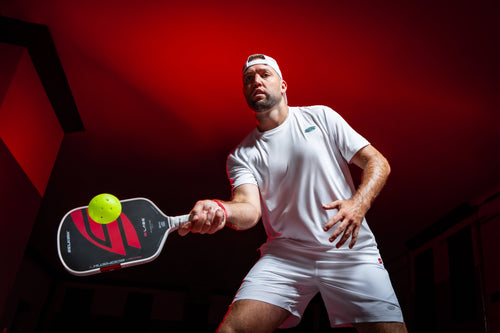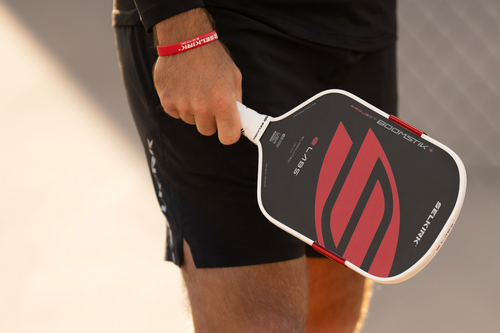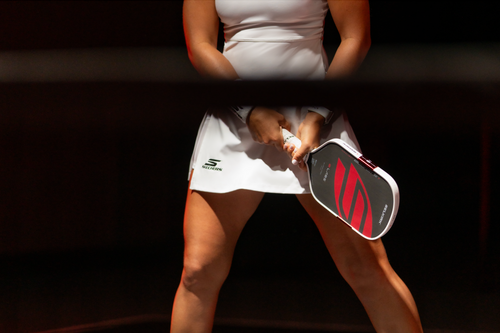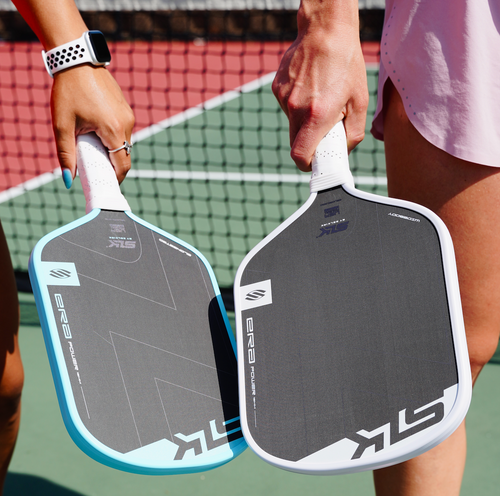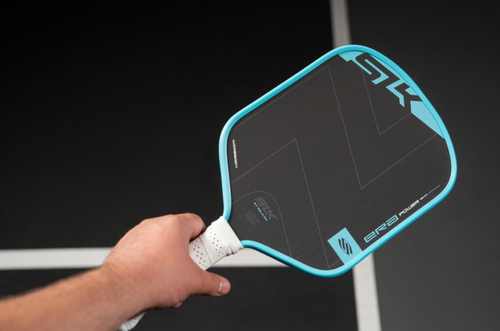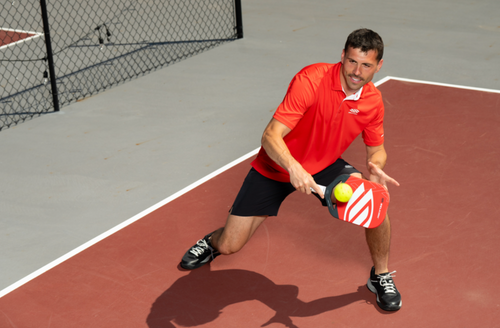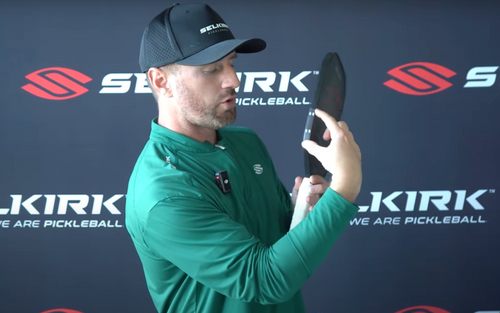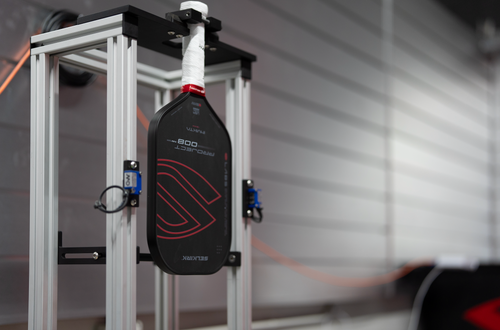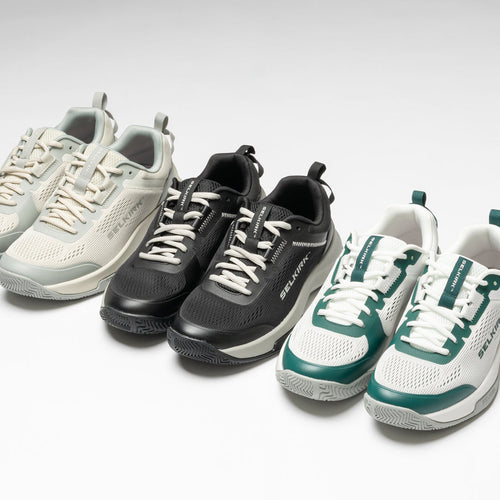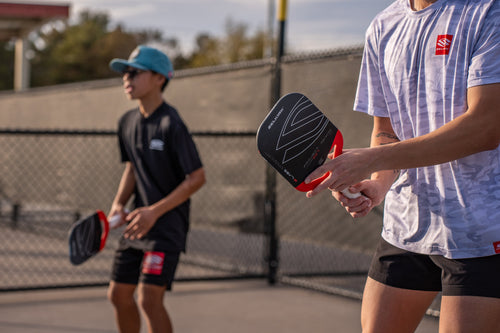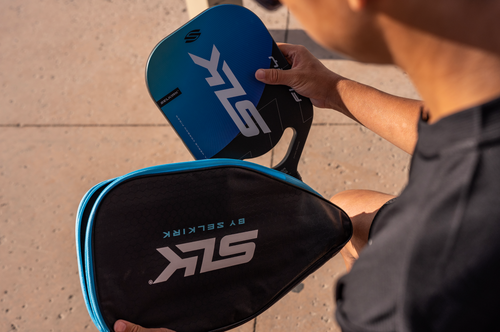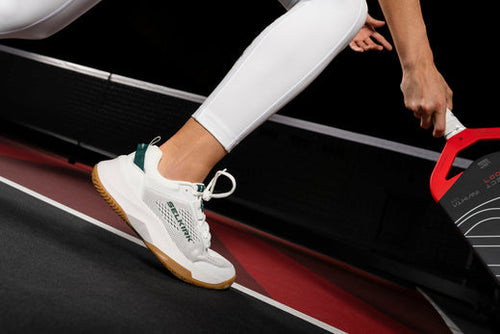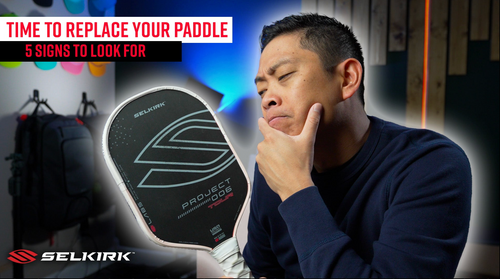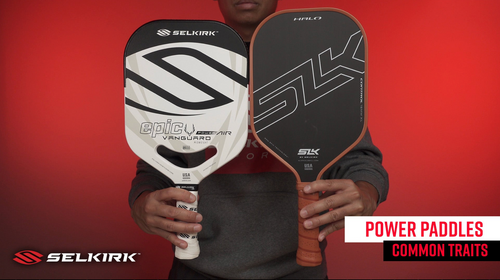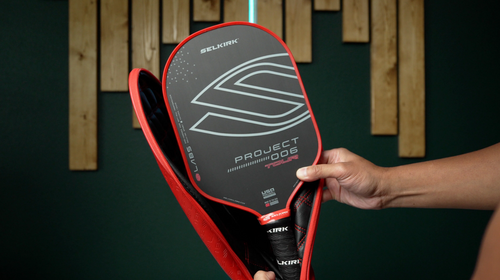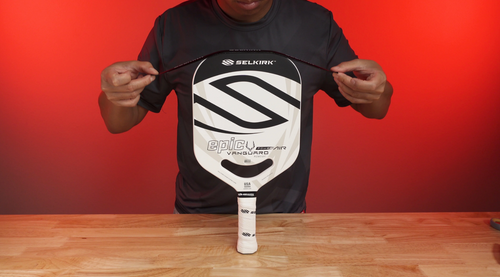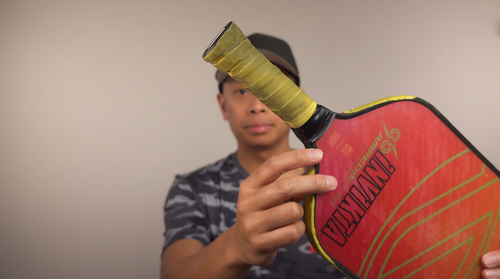Paddle & Gear Tips
Learn about specific paddles and other Selkirk gear, plus watch how-to videos on caring for your equipment.
20 Lessons
Dive into the Tips
U.S. SHIPPING: ORDER BY DECEMBER 18 TO GET IT BY CHRISTMAS!
SHOP NOWFREE SHIPPING ON U.S. ORDERS $55+ | LIMITED LIFETIME WARRANTY
Shop and spend $50+ to get your free gift. Free gift will be added at checkout. Valid for new customers only.
Shop Best Sellers NowThank you!
Selkirk University has you covered with helpful breakdowns and tips about pickleball paddles and gear, plus resources to develop your skills.

Learn about specific paddles and other Selkirk gear, plus watch how-to videos on caring for your equipment.
20 Lessons
Dive into the Tips
Helpful resources for pickleball fundamentals and how-to videos.
19 Lessons
Explore Fundamentals
Learn the differences between paddles, and how their technology impacts your performance on the court.
7 Lessons
Watch Now
Everything you need to know about Selkirk's pickleball paddles!
11 Lessons
Watch Now
Tips and how-to videos to get the most out of your paddles and gear.
12 Lessons
Watch Now
Pickleball performance goes beyond the paddles — learn the details about other gear like apparel, accessories, and balls.
4 Lessons
Watch Now
Learn about the shoes made specifically for pickleball's unique movements.
3 Lessons
Watch NowSearch for a specific topic or browse by the categories below.
No lessons found matching your search.
LET US KNOW WHAT YOU'D LIKE OUR NEXT VIDEO TO COVER!
Submit an IdeaChúng tôi chưa hỗ trợ thanh toán nội địa tại Việt Nam. Bạn vẫn có thể đặt hàng từ cửa hàng Mỹ. Giá bằng USD; có thể phát sinh phí vận chuyển quốc tế/thuế nhập khẩu; chính sách đổi trả áp dụng theo cửa hàng Mỹ.
Tiếp tục đến trang MỹYour cart is currently empty.
$55
Free Shipping
$150
Free Hat
$250
3 Free Pro S1 Balls
Limited quantities available - complete your order before time runs out!
Terms and Conditions Apply
$55
Free Shipping
$150
Free Hat
$250
3 Free Pro S1 Balls
Your ExpertVoice deal.
$[Deal Price]
$[Original Price]
Discount applied at checkout.
On sale now — lower than your ExpertVoice discount.
Not eligible for ExpertVoice discount.
QUESTIONS?
Check out these helpful resources.

